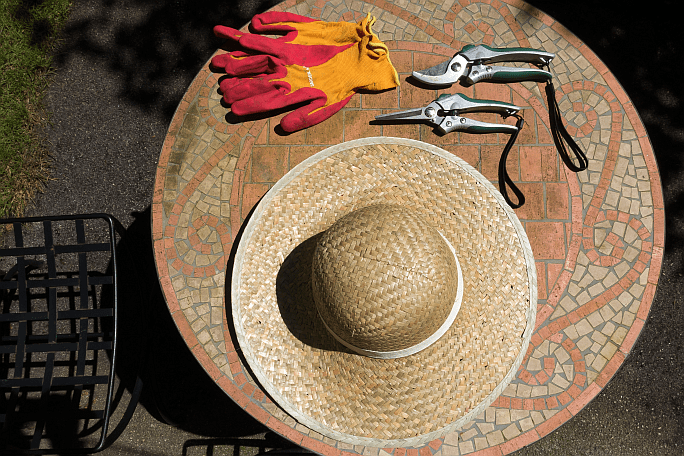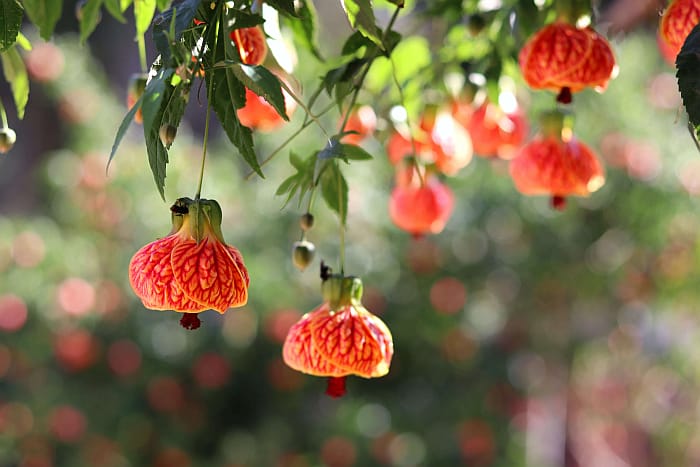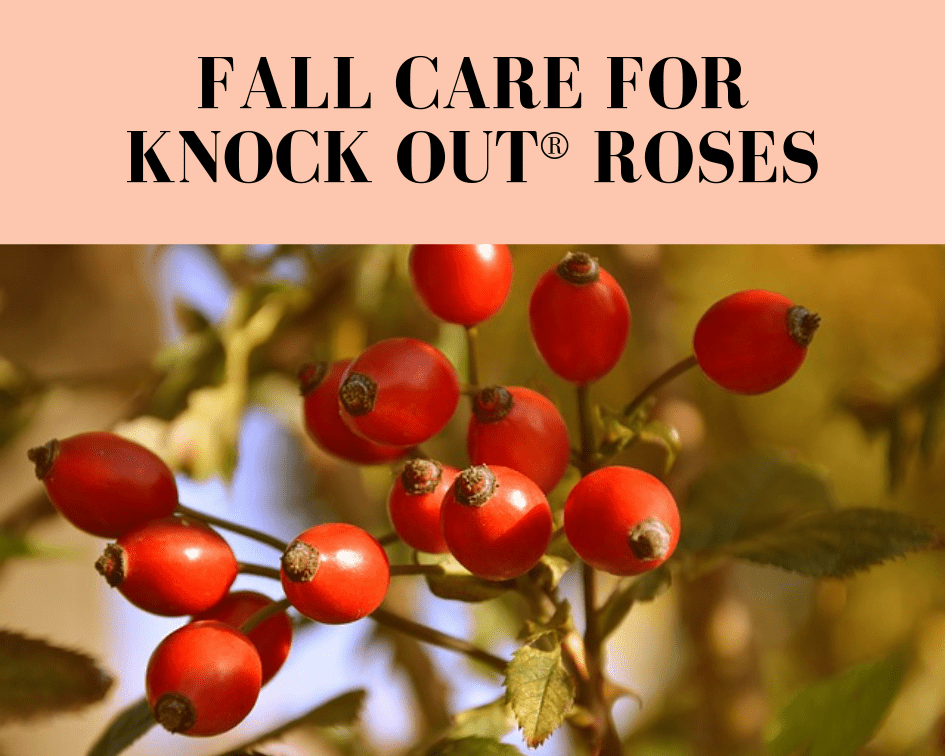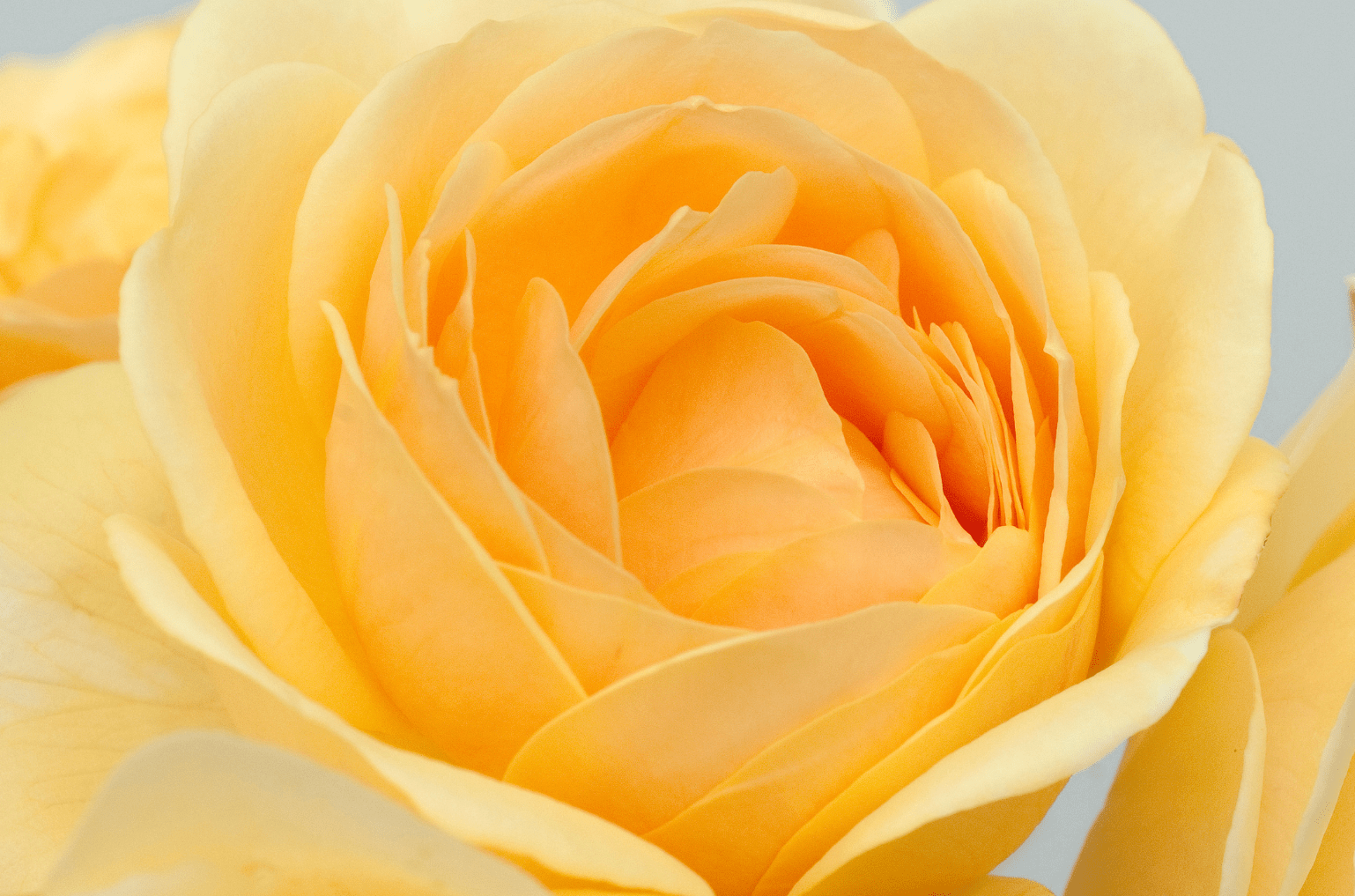This post may contain affiliate links. As an Amazon Associate we earn from qualifying purchases.
Call them bell-shaped or hibiscus-like, but one thing there is no denying is that the Red Tiger® abutilon (Abutilon vexillarium var. ATN RT5), also known as the flowering maple, produces some gorgeous flowers.
When grown in USDA hardiness zones 8 through 10, the news gets even better: this abutilon blooms continuously from spring until fall. Red Tiger’s blooms are yellow with red veining and the plant produces the same maple-like foliage of all abutilons.
Easy to care for, Red Tiger will add lots of interest to your garden. You can purchase a young Red Tiger plant here, at Amazon.com.
Light and temperature
Although it tolerates and will bloom in cooler temperatures Red Tiger does best when temperatures are warm – between 65 and 75 degrees Fahrenheit. The amount of light required depends on how warm it gets in the summer in your region. In hot areas, provide the plant with afternoon shade, otherwise bright light all day is ideal.
Abutilon water requirements
Like many plants, Red Tiger doesn’t tolerate soggy roots. It does, however, require consistently moist soil. When you water, soak the soil and then don’t water again until the surface of the soil is dry. Cut back on the amount of water you give the plant in winter, watering only enough to keep the soil from drying out completely.
Fertilizing Red Tiger
Watch Red Tiger for new growth in spring – that’s your signal to apply the season’s first dose of fertilizer. Mix 2 teaspoons of 20-20-20 (or any balanced fertilizer) in 1 gallon of water and drench the soil with the solution at the rate of 1 quart for each square foot of soil space. Apply 1/8 cup of 15-30-15 one month later. This dose is to boost the plant’s blooming power, so don’t skip it.
Abutilon Red Tiger Pruning
The appearance of new spring growth is also a sign that it’s time to prune the Red Tiger. Ensure that your pruning equipment is sharp to avoid damaging the stems (I swear by the Garden Sharp sharpener — an amazing and inexpensive tool. You can find it here) and sterilize it by dipping in a solution of 1 part Lysol disinfectant and 3 parts of water.
Red Tiger tolerates heavy pruning so don’t be afraid to cut it back as far as you like. You’ll end up with a bushier abutilon.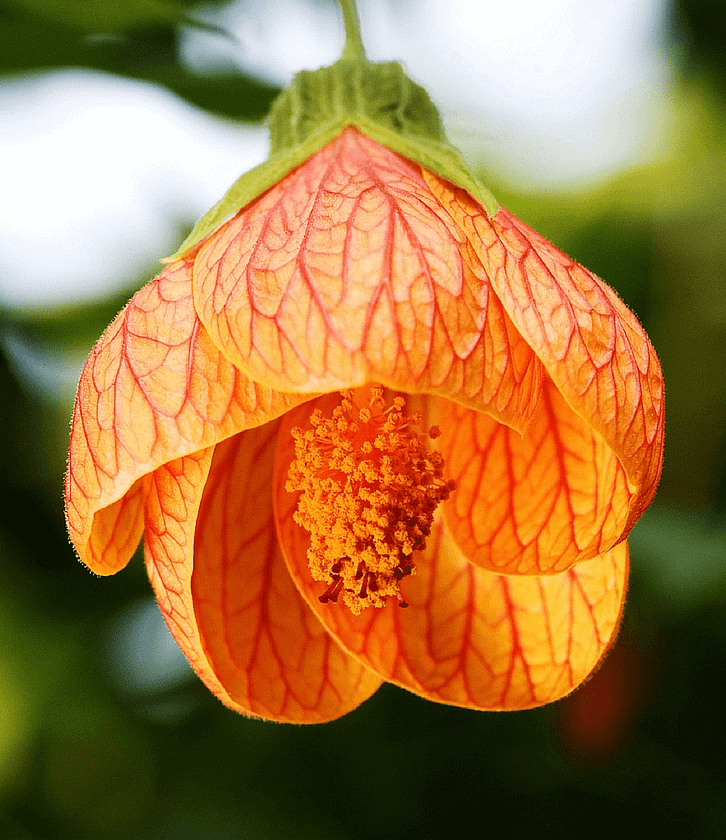
Pests
Red Tiger is attractive to aphids and slugs. Aphids can be washed off the plant with a strong blast of water from the hose. For a more sure-fire solution, use an insecticidal soap. Monterrey makes an organic, ready-to-use product that also takes care of a host of other problems.
Treat the plant at dusk as some soaps may burn the foliage. Wash it off the Red Tiger when the infestation is controlled.
Getting rid of slugs is more of a challenge, however, because most remedies involve toxic chemicals that are attractive to pets. Get rid of the slugs’ daytime hiding places, such as rocks and plant debris, then get rid of slugs by handpicking them off the Red Tiger (ah, don’t be squeamish and wear gloves) or by applying snail bait.
Avoid snail bait products that contain metaldehyde if you have children and pets. Choose baits with iron phosphate instead. Monterrey Lawn and Garden Products makes a good one and you can order it online.
 Grow Red Tiger Abutilon in pots, indoors
Grow Red Tiger Abutilon in pots, indoors
If you live outside the plant’s hardiness zone, the Red Tiger abutilon will do fine indoors, provided you give it ample sunlight and warmth. Set it near a south-facing window and keep the room temperature at 65 degrees Fahrenheit or warmer, year-round.
You’ll need to fertilize it more often as nutrients get leached from the soil after continuous irrigations. When you do fertilize the plant, dilute the fertilizer recommended for outdoor abutilons (Jack’s) to half-strength and feed every two to three weeks while it’s actively growing.
Mention of a fertilizer or pesticide, or use of a pesticide or fertilizer label, is for educational purposes only. Always follow the product’s label directions attached to the container you are using. Be sure that the plant you wish to treat is listed on the label of the pesticide you intend to use. If growing edibles, check the label for the number of days between pesticide application and when you can harvest your crop.

